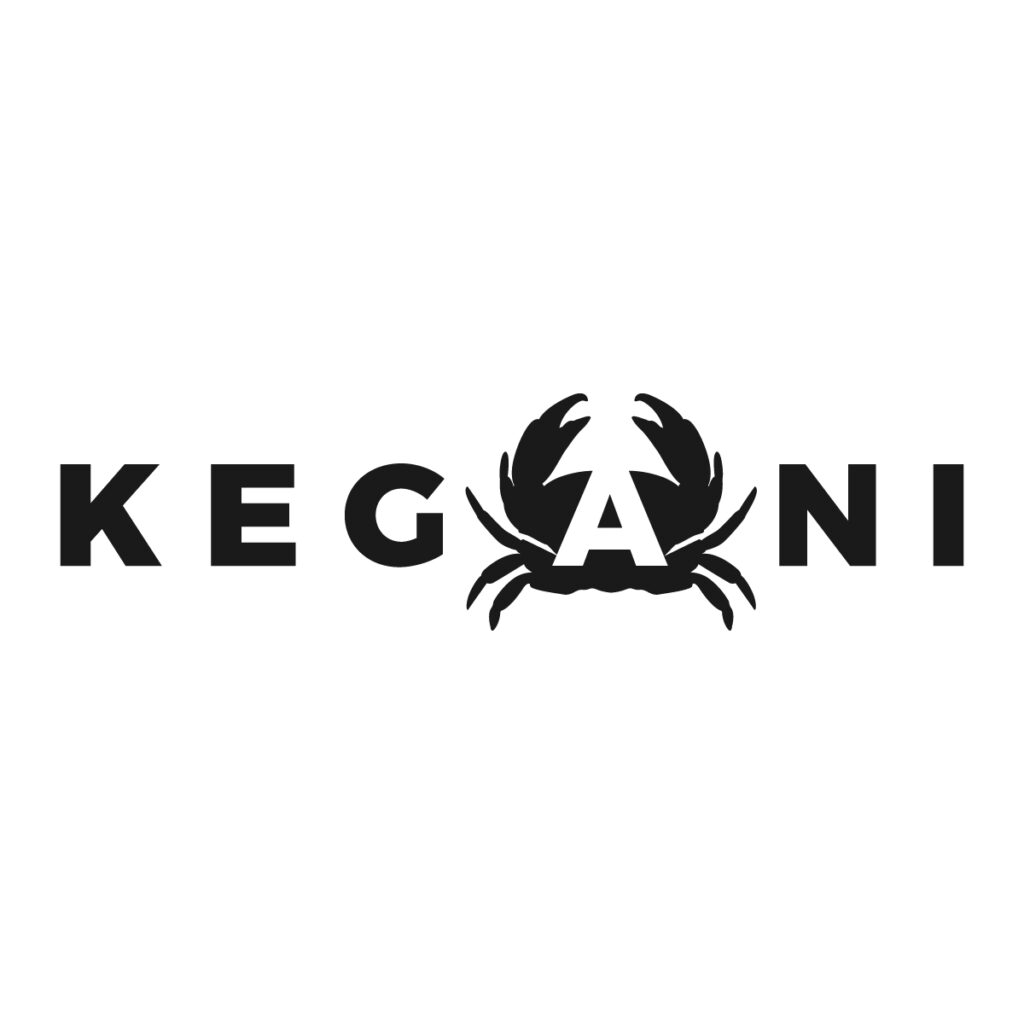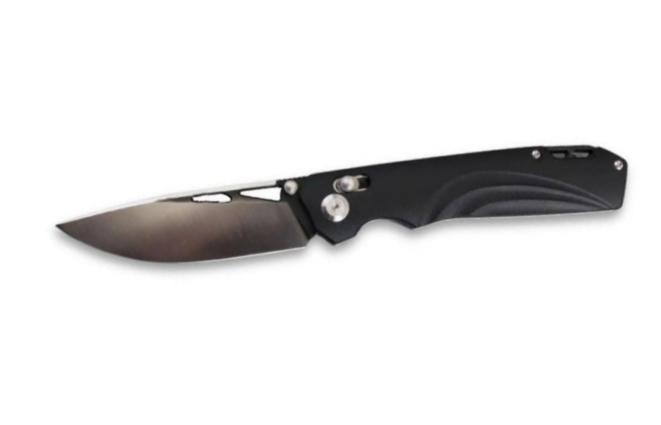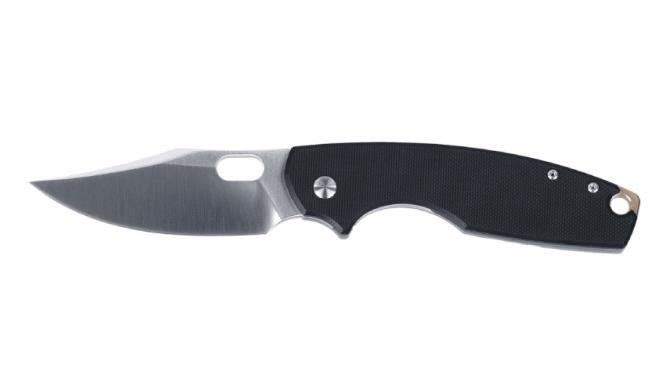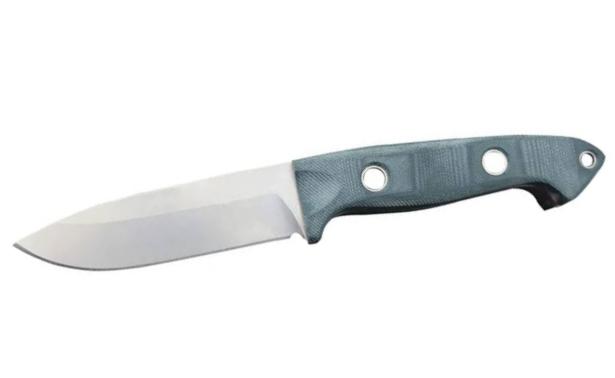When choosing knife steel, brands and distributors must balance performance, cost, and intended use. D2 and S30V are two of the most widely discussed steels in the knife industry. Understanding their differences helps you select the right steel for EDC, outdoor, or professional knives.
This guide compares their chemical composition, performance, and best-use scenarios—so you can make informed sourcing decisions.
Controversy: Some users claim D2 outperforms S30V in edge retention under certain conditions, but many tests show S30V generally has the edge.
Steel Overview
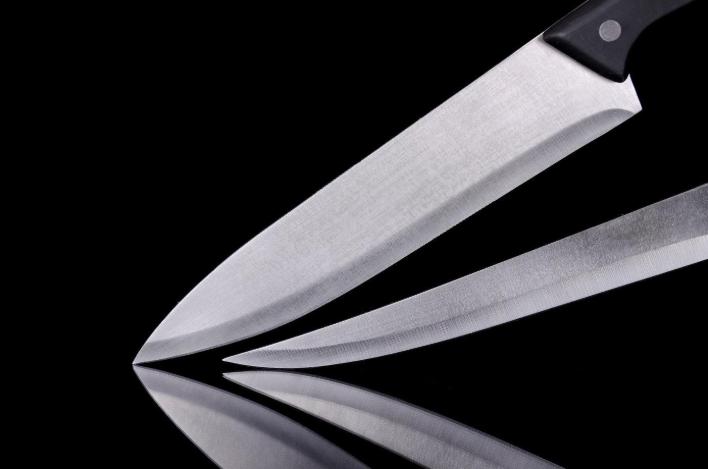
D2 Steel
D2 is a high-carbon, high-chromium tool steel, used in knife making since the 1940s. Its reputation for excellent wear resistance comes from its high carbide content. D2 is widely used in cold work applications like stamping and forming dies. However, D2 is not a true stainless steel and requires regular maintenance to prevent rust, especially in humid environments. Some knives utilize a blade coating to mitigate this.
S30V Steel
CPM S30V is a martensitic stainless steel introduced in 2001 by Crucible Industries, produced via the CPM (Crucible Particle Metallurgy) process. S30V was engineered for an optimal balance of toughness, wear resistance, and corrosion resistance. The CPM process results in a fine, uniform microstructure with evenly distributed carbides.
Compared to traditional steels like 440C and D2, S30V offers significantly improved toughness and corrosion resistance, making it a benchmark for high-end types of pocket knives and kitchen cutlery.
Key composition comparison
| Element | D2 (%) | S30V (%) | Role in Performance |
|---|---|---|---|
| Carbon (C) | 1.50 | 1.45 | Increases hardness and wear resistance. |
| Chromium (Cr) | 12.00 | 14.00 | Boosts corrosion resistance and hardness. |
| Molybdenum (Mo) | 1.00 | 2.00 | Improves toughness and corrosion resistance. |
| Vanadium (V) | 1.00 | 4.00 | Forms hard vanadium carbides for superior wear resistance and edge retention. |
Composition Analysis:
- Carbon: Both steels have high carbon content, providing excellent hardness and wear resistance.
- Chromium: S30V’s higher chromium content (14% vs. 12%) makes it a true stainless steel.
- Molybdenum: S30V contains more molybdenum, enhancing its toughness and resistance to pitting corrosion.
- Vanadium: This is a key differentiator. S30V’s significantly higher vanadium content (4%) forms extremely hard vanadium carbides, which are more effective at resisting abrasive wear than the chromium carbides found in D2, leading to superior edge retention.
Performance comparison
1. Corrosion resistance
- D2: With 12% chromium, D2 is considered a “semi-stainless” steel (Rating: 4.5/10). Its susceptibility to rust is higher than even high-carbon stainless steels like ZDP-189 steel.
- S30V: The 14% chromium and uniform microstructure give S30V excellent corrosion resistance (Rating: 7.5/10), comparable to popular steels like VG10 Steel and 440C. It is well-suited for humid or marine environments with minimal maintenance.
- In Practice: An S30V blade can endure months in a humid environment without rusting, whereas a D2 blade may show rust spots after just a few weeks if not properly oiled. This makes S30V a far better choice for users who demand low maintenance.
2. Hardness
- D2: D2 has a typical working hardness of 55-62 HRC. While it can theoretically reach 66 HRC with optimal heat treatment, knife makers usually target 58-60 HRC to achieve the best balance of wear resistance and toughness.
- S30V: The typical target hardness for S30V is 58-61 HRC, which is considered the sweet spot for most knife applications. It can be pushed to 64 HRC, but this is rarely done as it compromises toughness.
| Steel | Hardness Range (Post-Heat Treat) | Recommended Hardness | Source |
|---|---|---|---|
| D2 | 55 – 62 HRC (up to 66 HRC) | 58- 60 HRC | smithmetal |
| CPM S30V | 58 – 61 HRC (up to 64 HRC) | 58 – 61 HRC | hudsontoolsteel |
3. Edge retention
- D2: Offers good edge retention (CATRA ~450-500 TCC), outperforming steels like N690, ATS-34 steel, and VG10. It holds a working edge for a long time in abrasive cutting tasks.
- S30V: Delivers outstanding edge retention (CATRA ~650 TCC), which is 30-40% higher than D2. This is a direct result of its high vanadium content and the fine, hard vanadium carbides formed during the CPM process. It surpasses other premium steels like SG2 steel and S35VN, making it ideal for extended use without resharpening.
Start Working with a Professional Now
4. Toughness
- D2: Has moderate toughness (Rating: 3.5/10). Its large, coarse carbide structure can make it prone to micro-chipping, especially on thin or acute-angled edges.
- S30V: Exhibits better toughness (Rating: 4/10) thanks to the fine, uniform grain structure from the CPM process, which resists fracture initiation and propagation. While both steels have similar longitudinal toughness (~25-28 ft·lbs), S30V’s transverse toughness (resistance to side-load chipping) is significantly higher, making it a more reliable choice for demanding outdoor tasks like batoning or prying. This toughness is crucial in determining whether to choose a fixed blade vs folding knife for hard use.
5. Ease of sharpening
- D2: The large carbides make D2 relatively difficult to sharpen (Rating: 6/10), often requiring diamond or ceramic abrasives and more time.
- S30V: Despite its superior wear resistance, S30V is easier to sharpen (Rating: 7/10). Its fine carbides respond more readily to abrasives, allowing for a keen edge to be restored more efficiently.
| Property | D2 | S30V |
|---|---|---|
| Corrosion Resistance | 4/10 | 7.5/10 |
| Hardness | 55–62 HRC | 58–61 HRC |
| Toughness | 3.5/10 | 4/10 |
| Edge Retention | CATRA ~450–500 (6/10) | CATRA ~650 (6/10) |
| Sharpenability | 6/10 | 7/10 |
| Price | $50–$100 | $100–$200 |
Use case recommendations
Choosing between D2 and S30V depends entirely on the target market, price point, and intended use of your knife.
D2 Steel: The high-value workhorse
D2’s primary appeal is its exceptional wear resistance at a low cost. However, this comes with the trade-off of lower toughness and poor corrosion resistance. It excels in specific, controlled environments.
Target for:
- Industrial/Workshop Knives: For frequent cutting of abrasive materials like cardboard, strapping, and rope in dry environments. Its edge retention (CATRA ~450-500) minimizes downtime for sharpening, and its low cost makes it ideal for hard-use or potentially disposable tools.
- Budget-Friendly Hunting & Tactical Knives: For customers in dry climates who need reliable cutting performance without a high price tag. D2’s high hardness (up to 62 HRC) provides excellent piercing strength. However, brands must educate customers about its maintenance needs and its unsuitability for prying due to lower transverse toughness. The blade shape will also heavily influence its tactical application.
- Brands Focusing on Value: For knife lines where the primary selling point is maximum cutting performance per dollar, D2 is nearly unbeatable. It allows OEM knife manufacturers to produce highly capable knives at an accessible price point.
S30V Steel: The All-Around Premium Performer
S30V delivers a “no-compromises” package of wear resistance, toughness, and corrosion resistance. It’s the steel for brands targeting the premium market where performance and low maintenance are paramount.
Target for:
- High-End EDC Knives: For customers who carry a knife daily and expect it to perform flawlessly on a variety of tasks (opening packages, cutting food) without worrying about rust from sweat or humidity. Its top-tier edge retention (CATRA ~650) means it stays sharp for months of typical pocket knife uses.
- Outdoor, Survival, and Camping Knives: This is where S30V truly shines. Its excellent corrosion resistance (7.5/10) handles wet conditions, while its superior toughness makes it more reliable for wood processing and other demanding camp chores, reducing the risk of catastrophic edge failure.
- Premium & Private Label Lines: For brands wanting to establish a reputation for quality and performance. S30V’s pedigree, developed with legendary knife maker Chris Reeve, gives it market cachet. Its fine structure allows for an exceptionally sharp, refined edge, appealing to discerning collectors and professionals. This is a prime choice for private label knife manufacturers.
Related Reading
Why Source from Keganico?
At Keganico.com, we specialize in OEM, private label, and wholesale knife solutions for global brands and sellers. With years of experience, a robust supply chain, and a deep understanding of Western market needs, we help you:
- Access a wide range of steels and handle materials
- Customize designs for your brand
- Ensure quality with strict QC and modern manufacturing
- Scale your business with reliable, on-time delivery
Ready to get a quote or discuss your next project?
